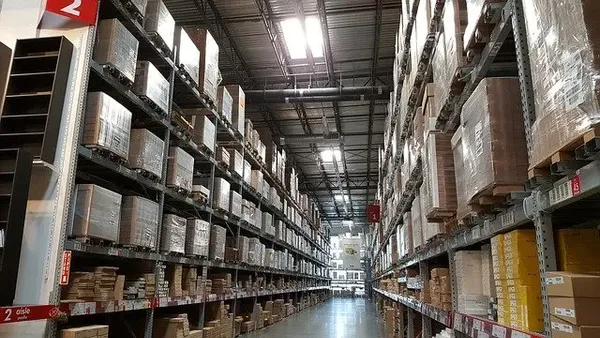
Household spending
Household spending
Household spending is the most important part of aggregate demand. It can be broken down into a number of categories, covering major spending items such as transport, food, fuel, holidays, and clothing.
The average amount spent per week on goods and services by UK households in the financial year 2017 was £554.20p.
The average amount spent per week on different goods and services by UK households in 2017 can be seen in the following interactive tree map (courtesy of the ONS.)
The pattern of spending changes over time as a result of changes in:
- Household income – some goods are normal goods while others are inferior, so increases in income encourage households to shift spending from goods with a low income elasticity of demand, like food, to those with high income elasticity of demand, like holidays.
- Tastes and fashions – over time spending on certain items that are ‘in fashion’ increase relative to those that go out of fashion.
- Taxes and subsidies – as indirect taxes and subsidies rise and fall, households will be encouraged or discouraged from spending.
- Relative prices – as the prices of certain goods and services rise in relation to others, household spending will adjust.
The determinants of spending
The level of spending is determined by a number of factors, including:
The current level of national income.
Some extra spending is induced by changes in the current level of national income. As income rise, consumers tend to increase their spending on higher income elastic goods and services, such as luxuries, holidays and leisure goods. When income falls households may postpone spending on these luxuries until incomes rises again.
Family income since 2002
The level of savings
Spending and saving are mutually exclusive, which means that if income is fixed, any change in households savings will inversely affect spending. Many of the determinants of consumption have an inverse effect on saving.
Expectations
If households are confident, and have positive expectations about the future, current spending can rise. This can lead to economic growth, and re-enforce the positive expectations.
Unemployment
Unemployment has two potential effects on household spending. Firstly, the unemployed spend less because of their lower personal income, and secondly, unemployment causes negative expectations, even for those employed, and this can act as a curb on spending and a stimulus to saving.
Rates of income tax
Changes in tax rates can clearly affect disposable, post-tax income, and hence affect household spending.
Interest rates
By altering the level of savings – a rise in interest rates will stimulate more savings, and less spending.
By altering the cost of funding existing debts, such as mortgages and bank loans. For example, a rise in interest rates will divert household funds towards the higher loan payments and away from general spending.
By altering the cost of new credit, and thus encouraging or discouraging household borrowing. For example, a rise in interest rates will deter new borrowers, who may postpone borrowing until rate fall back.
By altering expectations and confidence. For example, rising interest rates will subdue confidence and create a ‘wait and see’ attitude by households, who may postpone certain spending until expectations improve.


